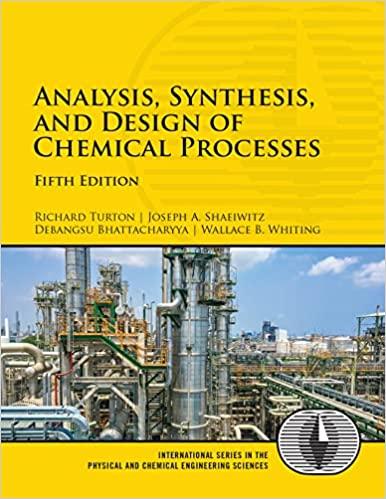Consider Figure E17.6(a), in which the overall heat transfer coefficient (U) is assumed to be 25 W/m
Question:
Consider Figure E17.6(a), in which the overall heat transfer coefficient (U) is assumed to be 25 W/m °C. It can be noted that in Figures E17.6(b) and E17.6(c)(b), the transients in exit temperature and CO concentration appear to be negligible. Now increase the flowrate of benzene to 0.01 kmol/h, while keeping the flowrate of air constant. Simultaneously increase the temperature of air to 520°C. Did you notice any difference in the transient profile of temperature and benzene and CO concentration at the exit of the reactor compared to what is obtained in Example 17.6? Why or why not?
Example 17.6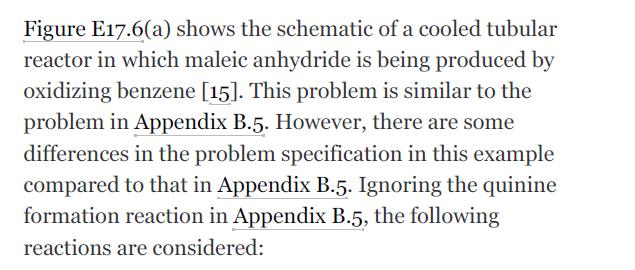

![]()

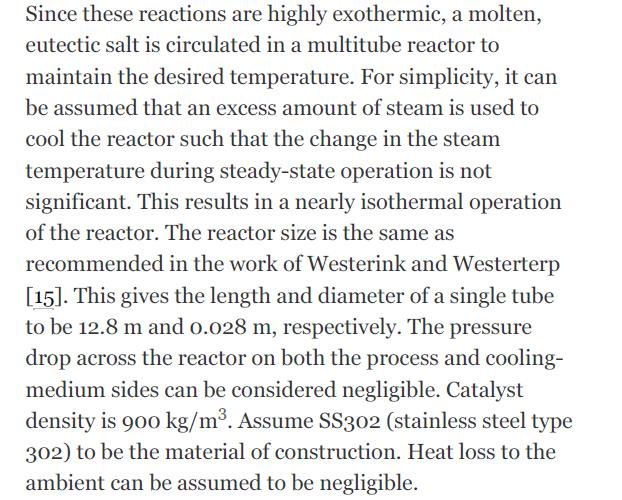
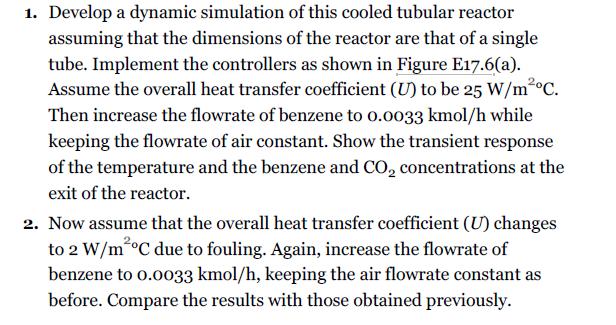
Figure E17.6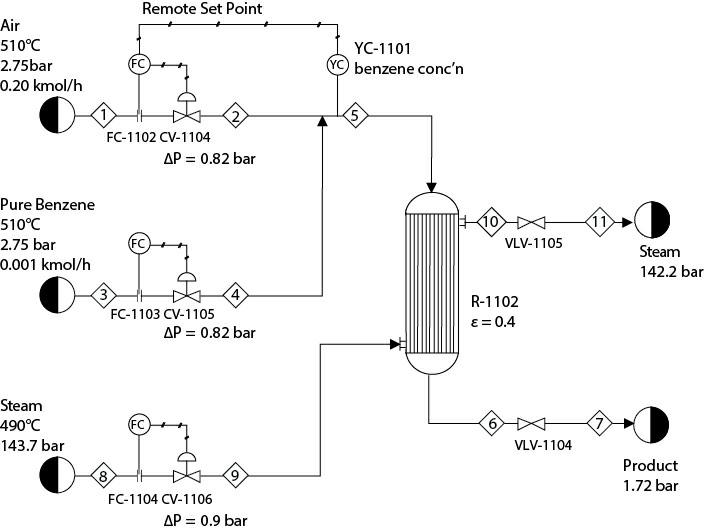
Fantastic news! We've Found the answer you've been seeking!
Step by Step Answer:
Related Book For 

Analysis Synthesis And Design Of Chemical Processes
ISBN: 9780134177403
5th Edition
Authors: Richard Turton, Joseph Shaeiwitz, Debangsu Bhattacharyya, Wallace Whiting
Question Posted:




